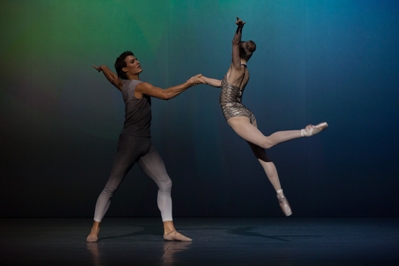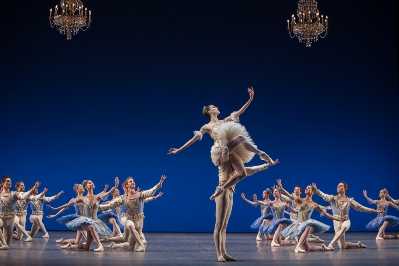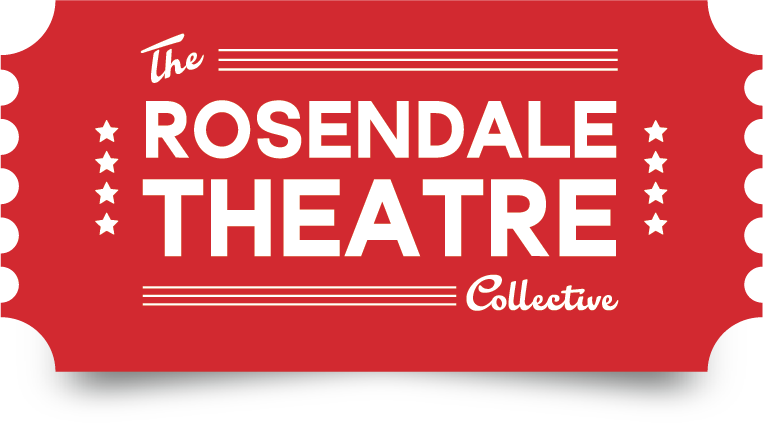3:00 pm | 1 hr 15 min | $12/$10 members/$6 under 12
Great American dance comes to Rosendale by way of Paris in “Millepied, Balanchine, Robbins” in the H.D. Cinema experience from the exquisite Paris Opera Ballet, the world’s oldest ballet company. In this new production captured at the 
An intensive development of the classic ballet lexicon, Balanchine’s“Theme and Variations” is a plotless ballet with glorious choreography and glittering costumes. A vision of the Imperial Ballet in its heyday at the Maryinksy Theatre “when Russian ballet flourished with the aid of Tschaikovsky’s music,” it has been said that “Theme and Variations” is the “niece” of “The Sleeping Beauty” – bringing 19th century ballet into the 20th.
Made in 1979, “Opus 19 / The Dreamer” was choreographed by Jerome Robbins for Mikhail Baryshnikov and Patricia 
“Clear, Bright, Loud, Forward,” was created by Benjamin Millepied to open the 2015 – 2016 Paris Opera Ballet Season. Using the music of his frequent collaborator Nico Muhly, it is meant to be a contemporary fusion of choreography, music, and theatrical arts. Roslyn Sucas of “The New York Times” wrote, “Millepied’s choreographic style is his own — fleet, with the body often arrested in sudden still positions that draw the eye to the beauty of line in classical ballet… He is highly musical, evoking thoughts of friendship, love, power, isolation, fear and hardship.”
